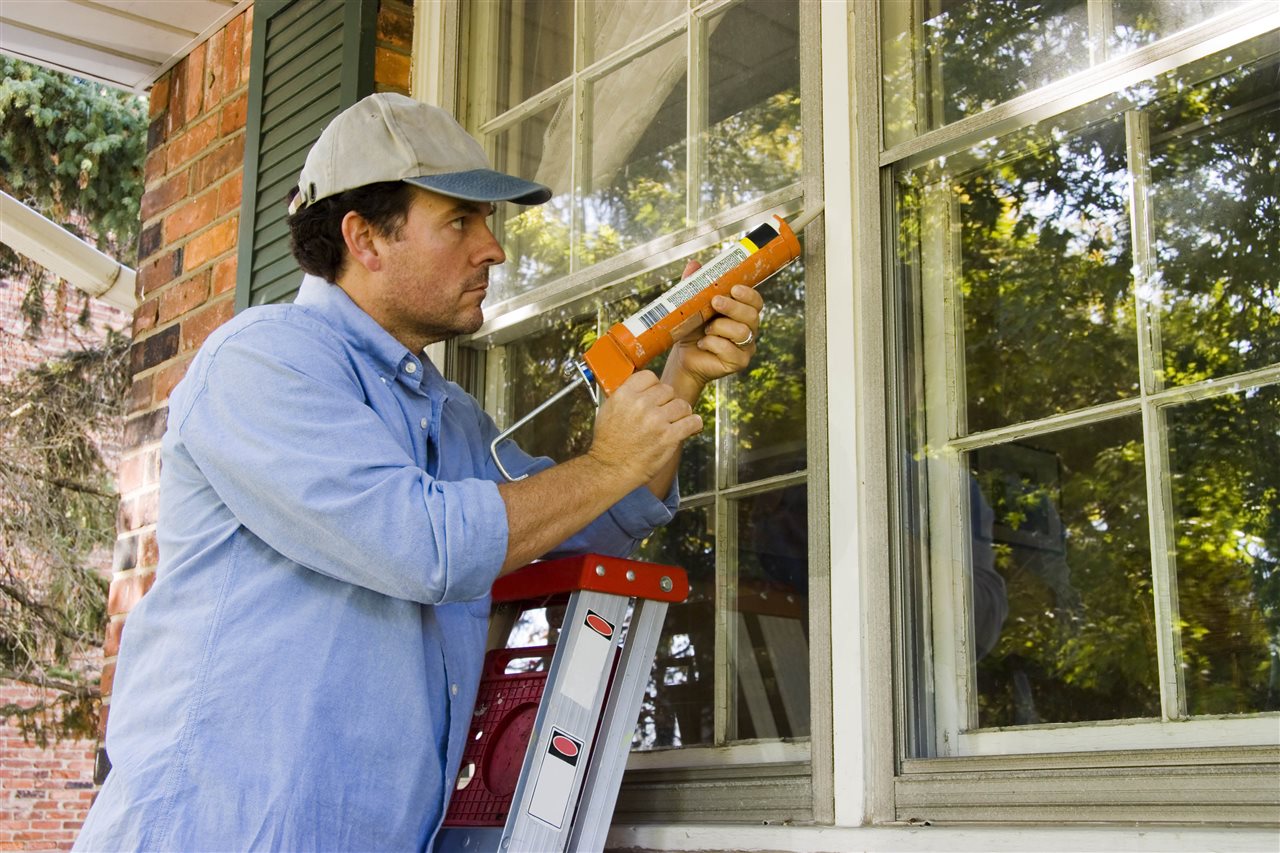 (BPT) – When you start feeling those first hints of winter, the instinct to get ready kicks in. You may dig out your car’s snow brush, blanket, shovel and winter survival kit and place them in the trunk of your car. The winter coats and boots come out of storage, and you may pick up some extra mittens at the store.
(BPT) – When you start feeling those first hints of winter, the instinct to get ready kicks in. You may dig out your car’s snow brush, blanket, shovel and winter survival kit and place them in the trunk of your car. The winter coats and boots come out of storage, and you may pick up some extra mittens at the store.
We do these things to protect ourselves from the cold when we’re out and about. But what do you do to protect your house against the hazards of winter? If you don’t take time for maintenance and winterization now, you can end up paying for it later, whether it’s in the form of higher energy bills, frozen pipes or fixing a broken furnace.
Here are four problems that can hit home during the winter and what you can do to ward them off.
Sky-High Energy Bills:
Do your electric bills rise during the wintertime? Heating your home accounts for about half of your home’s energy bills, according to the U.S. Department of Energy. Combat the cold by sealing off any cracks or gaps with caulk and inspect entrances for worn or broken weatherstripping. Schedule a furnace inspection tuneup with an HVAC contractor and consider installing a smarter thermostat. Learning thermostats, such as Nest, can remember your favorite temperatures, turning itself down when you leave for work, as well as returning to your favorite temp at the end of the day.
Water Leaks:
We take our pipes for granted, but we don’t always anticipate what can go wrong when we’re not home. According to the Insurance Information Institute, water damage accounts for half of all property damage claims. Add winter’s freezing temperatures to the mix, and you can end up with a big problem if your home has a power outage or your furnace malfunctions.
For extra peace of mind, there’s now a leak and flood protection system you can purchase that shuts off your water main’s supply when it detects leaks – and sends an alert right to your smart device. LeakSmart installs directly to your home’s main water supply, and wireless sensors placed around the house can detect a leak or temperature changes and shut down the whole house water supply within five seconds. And when the LeakSmart Hub is powered by a battery back-up, the system will still work if the power and internet go out, so you don’t have to worry about coming home to water damage.
The system can work on its own or be integrated with smart home systems.
If you’re interested in learning more about how this smart device can protect your home, visit LeakSmart.com.
Power Outages:
When a winter storm hits, the ice and wind can break power lines and interrupt the supply of electricity to our homes. It’s not uncommon for some outages to last for days, which is why it’s always smart to be prepared.
Before winter hits, make certain your generator or other backup power source has ample fuel and is in good working order. Keep some basic supplies at the ready, so you can keep your family comfortable. Make sure you have extra blankets, stocking caps, batteries and fully charged power banks for your mobile phones. It’s also good to have a few gallons of fresh water and some cans of ready-to-eat chili and stew. If you have a camp stove, keep it in an easy-to-reach place, along with a fuel supply.
Ice Dams:
Another thing to watch for in the winter are pools of water forming on your roof. These can be caused by ridges of snow and ice, and eventually cause leaks to the interior of your home. Ice dams can also lead to the formation of large, pointy icicles that hang from the gutters, which can fall and injure people.
Luckily, a little work upfront can go a long way toward preventing ice dams and the damage they can cause. First, make sure the gutters and downspouts are clear of leaves and other yard debris, so the snowmelt has a place to go. Next, poke your head into the crawlspace of your attic and see if the insulation layer is still thick enough to keep the heat from escaping through the roof. While you’re up there, look for gaps and leaks. Finally, this is a good time to invest in a simple snow rake, so you can easily remove wet, heavy snow from your roof before the dams can start forming.
Now that you know the most common winter hazards that can hit home, you can take the steps to protect your investment and keep your family comfortable and safe.

